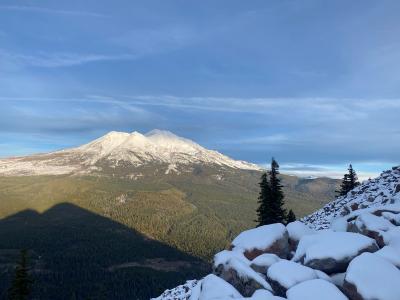Hikers and Backpackers
- Always hike or pack in groups.
- Stay on the trail, if there is one.
- Carry plenty of water and make frequent stops to drink.
- Carry adequate high-nutrition food.
- Outdoor necessities include a compass, first aid kit, a whistle and mirror for signaling, space blanket, and a detailed map of the area.
- Invest in a rescue beacon and keep it easily within reach.
- Research the forecast ahead of your trip, and make sure you understand the storm likelihood for the actual elevation you will be hiking at. Thunderstorms, for instance, tend to sit at higher elevation for longer periods of time, and wind speeds are typically far stronger along rideglines, ravines, and summits than in a meadow or lower elevation.
- Familiarize yourself with the area before you enter, and take someone with you who knows the area.
- Always be specific with friends or relatives about your planned route and stick to it.
IMPORTANT: If you get lost, stay put. Especially at night. Stationary people are much easier to find and less likely to injure or exhaust themselves, which can be a recipe for hypothermia or other medical emergencies.


